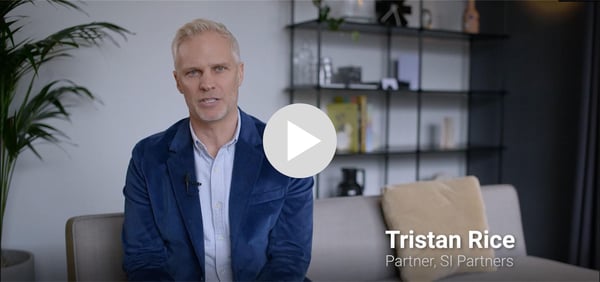As the M&A landscape evolves, how do founders weigh the risk-exchange when new and unproven ‘Challenger Groups’ come knocking?
The last few years has seen the emergence of a number of new marcoms and digital 'Challenger Groups' as credible and active acquirers in the agency and consultancy M&A market. This proliferation gives potential management shareholders in the space more options, often with the benefit of having greater influence at the top table. However, the announcement of the break-up of once such challenger group, RYVL, signals the potential risk that these acquirers come with.
Challenger Groups offer an enticing opportunity for many agencies considering selling their business. Starting from the ground-up, they are unburdened from the bureaucracy, red-tape and legacy issues that come with the larger networks. Fewer partner agencies can also mean less competing agendas and great opportunity for founders to have strategic influence.
However, there are downsides, and the biggest sticking point is usually financial resource. Although generally backed by either public or private finance, they are ultimately playing with other people’s money and therefore have to be a lot more careful with it. This constraint manifests itself in more ‘creative’ acquisition structures, typically characterised by a significant chunk paid in buyer equity. Buyer equity, meanwhile, is a double edged sword: should the group do well, you stand to make a significant return; conversely, the value of the shares paid in exchange for your business could significantly decrease.
RYVL (formerly The Marketing Group) is one such example of a Challenger Group. Listed on the First North Exchange (a division of NASDAQ Nordic for smaller companies in Europe), RYVL’s name itself was a direct reference of its intention to "rival the legacy network model" and a commitment to remain ‘lean, agile and anti-bureaucratic’ as it scaled through acquisition. Having built a group of some 18 agencies, the network fell into administration earlier this month and is now being sold off unceremoniously as a set of six pre-pack deals.
So how, as a founder, can you evaluate the opportunity with these Challenger Groups?
I think there are three key questions to consider if you are approached by a challenger:
-
What is the strategic logic of the Group? Is it really going to create (mutual) growth? Or will it simply be reliant on the continued individual success of bolted-on businesses? You will be expected to ‘buy-into’ the Group logic, so this needs fit with your own vision of the market.
-
How are they financed? Where does the money come from? Do they have credibility? Mysterious investors and lesser known stock exchanges are to be treated with caution. The investors need to understand the logic and be in it for the long haul.
-
What is the deal structure? How much of it will be in cash vs equity? Be wary of deal structures with too little cash up-front and huge theoretical share up-side. Be clear in your own mind how much cash you would be happy to walk away with. And don’t be afraid to broach this topic early.
Challenger Groups present a really exciting opportunity for founders as credible options to be part of the future. But they come with greater risk – choose your Group carefully.



